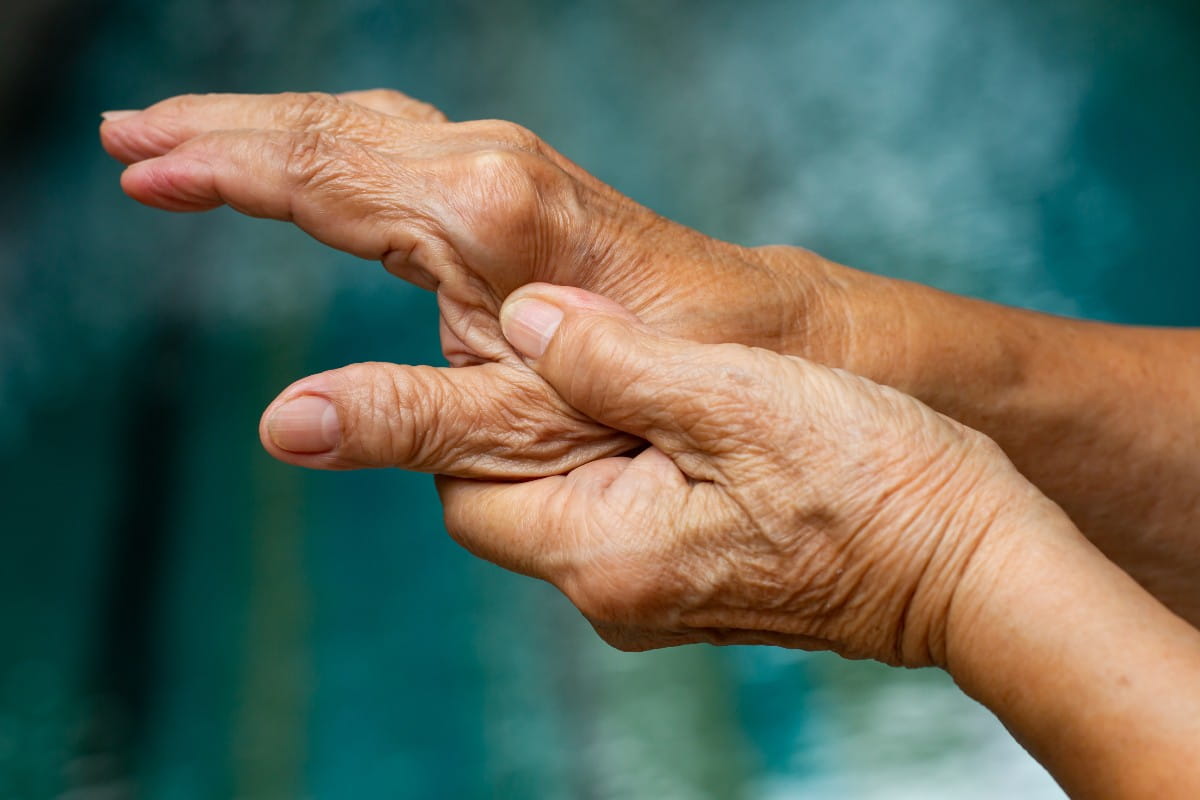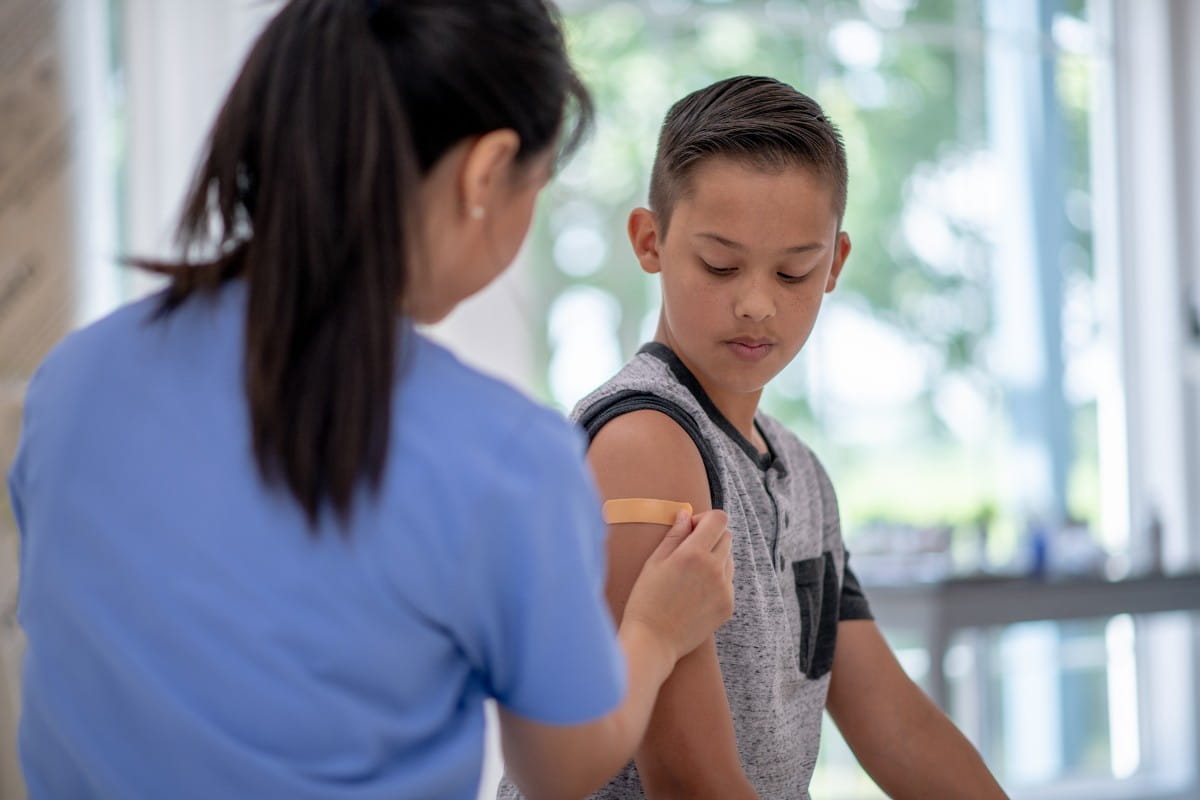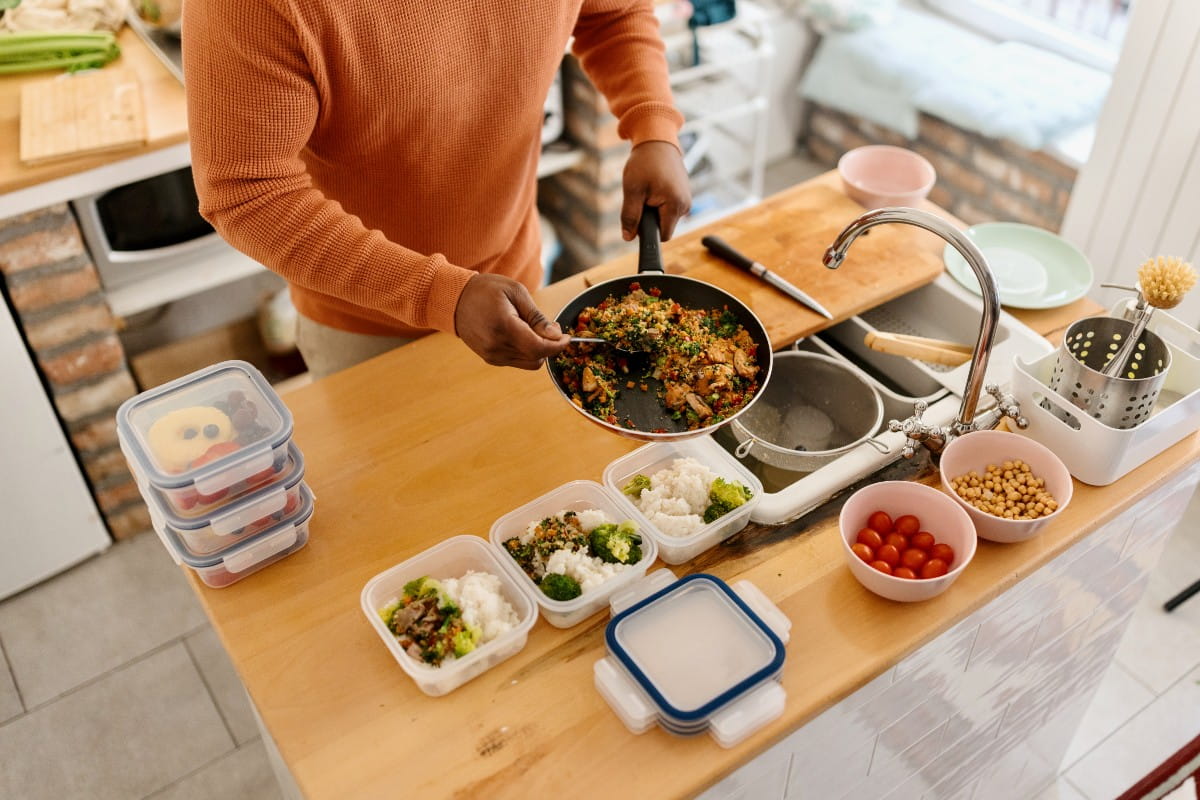A stroke occurs when the brain loses its blood supply due to a blockage or a bleed. Without access to oxygen-rich blood, the brain cells begin to die. Strokes are a medical emergency. Calling 911 is critical to re-establish the blood supply as quickly as possible and minimize the risk of disability or death.
While, on average, a person has a stroke every 40 seconds, the American Stroke Association estimates that 80% of strokes can be prevented.
“Many people don’t realize how many risk factors for stroke can be managed through healthy lifestyle choices,” says Olubusola Helen Amiola, M.D., a neurologist with Riverside Neurology Specialists. “Through changes to diet or exercise, treating underlying conditions or quitting smoking, there are many ways to reduce risk of stroke.”
9 ways to reduce stroke risk
“Healthy habits can make all the difference when trying to reduce your risk for stroke,” says Dr. Amiola. “Simple changes now can impact your health for years to come.” Here are nine ways to reduce your risk of having a stroke by making healthy lifestyle choices.
1. Don’t smoke: Quitting smoking, vaping or tobacco use is the #1 most important thing you can do to reduce your risk for stroke. Research has shown the more someone smokes, the higher their risk for stroke. Smoking puts carbon monoxide and other carcinogens in your blood which reduces the amount of oxygen in the blood. Nicotine also increases blood pressure. Smoking also damages your blood vessels and increases the risk for blood clots, reducing your oxygen-rich blood flow. In fact, smoking doubles your risk for stroke. And studies show that the stroke risk is even higher for smokers who are Black.
2. Lower your blood pressure: Achieving and maintaining a healthy blood pressure level is important to reduce your risk for stroke. High blood pressure damages the arteries and can increase the risk of blood clots, making it more difficult for oxygen-rich blood to circulate.
3. Lower your cholesterol: Higher cholesterol levels lead to more plaque in your blood vessels and heart disease, which then increases your risk for stroke. Maintaining a healthy cholesterol level through diet, exercise and medication can help reduce your risk.
4. Take care of your heart: Some heart conditions increase the risk of stroke. Specifically, doctors link coronary artery disease and abnormal heart rhythms like atrial fibrillation (AFib) to stroke. Therefore, if your doctor diagnoses you with either of these conditions, it is important to get treatment to minimize your stroke risk.
5. Manage your blood sugar levels: The connection between diabetes and increased stroke risk has been known for some time. But studies continue to demonstrate that increases in Hemoglobin A1c (HbA1c) levels, which measures blood sugar over time, increase your risk for stroke.
6. Maintain a healthy weight: Being overweight or obese increases your risk of stroke. But yo-yo dieting, where your weight fluctuates up and down, is also a risk for stroke. If you need to lose weight, the best approach is to do so slowly through changes in diet and exercise. When achieved through lifestyle changes, it is easier to maintain a healthy weight.
7. Get moving: Getting regular exercise at least five days a week reduces your stroke risk. Not only does it assist in managing your weight, cholesterol and blood pressure, but regular exercise also helps reduce stress.
8. Drink only in moderation: If you drink alcohol, you should only drink in moderation. Generally, that means no more than two drinks per day for men and no more than one drink per day for women. Alcohol increases your blood pressure, which increases your risk for stroke.
9. Manage your stress: Stress can increase the risk for stroke through higher blood pressure, increased glucose (blood sugar) levels and chronic inflammation in the arteries. Finding healthy ways to balance stress through exercise, meditation or spending time with family and friends can help reduce your risk.
Stroke is a medical emergency
“Sometimes strokes happen even when someone has done everything they can to reduce their risk. With a stroke, immediately getting help is critical, so you should always call 911 if someone shows signs or symptoms of a stroke,” says Dr. Amiola.
You can remember the symptoms of stroke with the phrase BE FAST:
B: Balance – If there is a sudden loss of balance or coordination
E: Eyes – If there is a sudden loss of vision in one or both eyes or blurry vision
F: Facial Drooping – If there is a sudden weakness of the face
A: Arm Weakness – If there is weakness in an arm or leg
S: Speech – If there is a sudden difficulty speaking or slurring of speech
T: Time to call 911
Talk to your primary care provider
Having an annual wellness check or annual physical with your primary care provider is a good way to stay on top of your health. At that appointment, you and your provider can look at your cholesterol, blood pressure, weight, blood sugar and any ongoing conditions. Schedule your annual wellness visit with your primary care provider today through My Chart.



